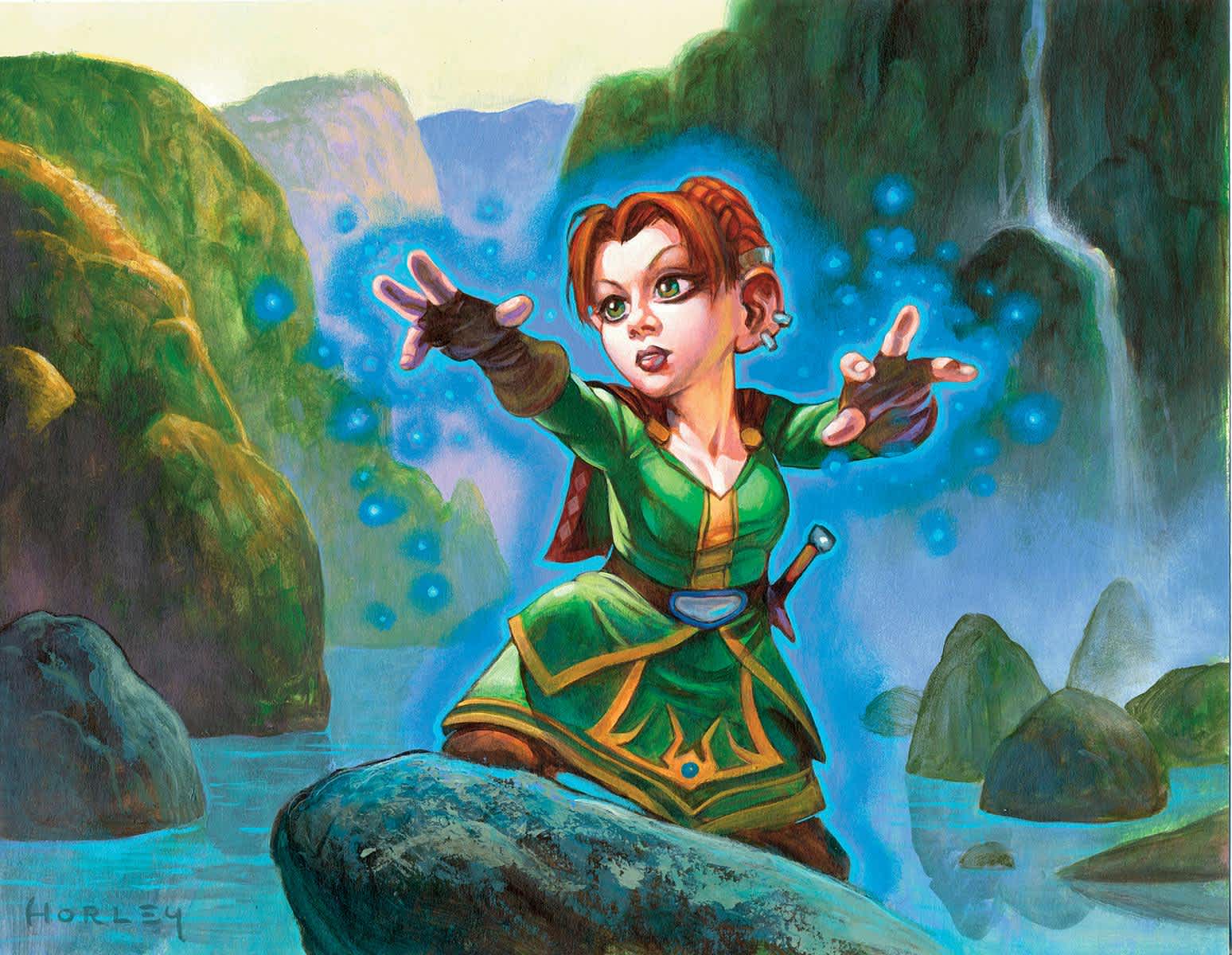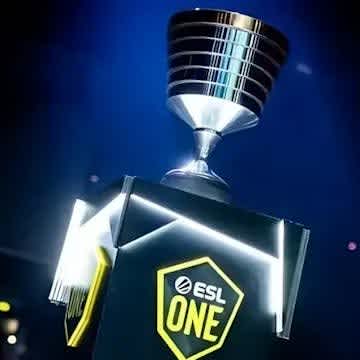Hearthstone Psychology – The Learning Process, Machine-Like Play and the “Streamer Pitfall”
This is the fourth installment of our series focusing on the importance of personal improvement and competitive psychology in Hearthstone, in which we’ll be looking at the specifics of the learning process and the elements of it that may not be that beneficial to focus on.
You can find the earlier entries here: Part 1 – How to set your goals / Part 2 – Understanding your own importance / Part 3 – Figuring out what kind of a player you are
Learning something new is one of the most difficult endeavors in life. The changes in cognitive capacity over time are only one part of this phenomenon: there’s also the fact that the more we know already, the more of a setback it is – albeit a temporary one – to embark upon a fresh experience instead of sticking with what you are already familiar with. It’s also true in Hearthstone that a dedicated learning session will cost you wins and therefore climbing time – which is why it may seem easier to just stick with the deck you’re comfortable with instead of taking a 20-30% hit on your chances for a while until you figure out the new one, even if it won’t do that much for your overall understanding of the game.
This goes back directly to what we’ve discussed in the opening entry of this series: if you’ve set goal about reaching a specific rank or improving your personal best finish, you should use your best decks and most effective strategies to reach it. Climbing new heights is not the time to try something new: falling off carries much greater consequences. On the other hand, if your current goal is to become better at a specific deck or another aspect of play, your success or failure is not measured in ranks. You can look at the improvement in winrates before and after – even if both are inferior to what you’re capable of with your best deck –, the differences in your thought process or the speed with which you reach the required conclusions.

You can also consider the many heuristics in the game, or the ones that are inextricably tied to that specific deck you’re trying to learn. These are the rules of thumb that help you navigate the more basic decision points of Hearthstone, ones that you need to figure out before you can move on to a deeper understanding. Mulligan for Ramp as Druid, keep cheap minions as an aggro deck, that sort of thing. Paradoxically, they are also the very things you need to unlearn at some point later on: figuring out the specific scenarios where the obvious play doesn’t apply is where you’ll find most of your additional gains at the higher level.
The learning process in Hearthstone is also made somewhat murkier by the element of luck: sometimes an objectively incorrect play could still lead you to a win, potentially teaching a disastrously wrong lesson if you’re not careful. This is where a decent understanding of probability and statistics come in – like we’ve previously discussed, no one is “lucky” or “unlucky” over a large enough sample size, and careful evaluation of your previously played games can help you identify spots where you didn’t maximize your chances to win, which is a mistake regardless of the eventual outcome.
Learning something brand new on your own can be compared to repeatedly hitting your head into a brick wall, hoping to shatter it in the process. Eventually, you’ll find a door somewhere down along the street, then a key required to open it, after which point you’ll discover that there’s an entire hidden interior to the place that brings up a whole new set of problems. (Meanwhile, those who haven’t even tried to get a better understanding of that certain facet of gameplay will decry it as brainless and easy – the good old Dunning-Kruger effect in action, another infamous element of Hearthstone psychology.) It’s a process that you can speed up by seeking out high-quality guides and other learning material (hopefully this one also qualifies!) or co-op partners and coaches. There’s no better way to figure out your blind spots than by having someone else point them out to you: if watching a streamer is like sitting in a classroom, this is more akin to a private lesson.
Speaking of streamers, I’d like to clear up an important misconception about the elite players and what is required to make it to the top. We’re bombarded by the notion of savants and geniuses with instant taste of success, a deep and innate understanding of whatever system they’ve ended up mastering. Their victories against elite competition come from flashes of insight and incredible moves that no one else would consider, seeing so far further ahead than anyone else that it’s hard to even comprehend their tactics and strategies.
This is a romantic notion but an inaccurate one. Sometimes I play chess online on a casual basis and whenever I plug my games into the computer to analyze, I’m reminded of the sad truth about excellence: even I often find the ideal move suggested by the machine – which is overall, of course, far beyond human capabilities – it’s just that I absolutely screw the pooch in certain other cases, nullifying whatever advantages I’ve gathered during my pseudo-Stockfish sequences.
Contrary to what most casters and media personalities would have you believe, strong results and good play are not the result of the occasional incredible moves but the consistent good ones – a fact that only becomes more true on the higher levels of competition. While it’s true that the battles between the absolute best may very well come down to some sort of momentary brilliance, even then it’s much more likely that one of the players capitalized on a mistake made by their opponent – if anything, the real skill comes from exerting enough pressure (or handling a high-pressure situation better than the rest of the field) to force out an error – just look at the recent HCT Fall Championships final for a myriad of examples –, precisely because their baseline understanding of the game is both very high and very similar. In a game between amateurs, you can rescue yourself from a hole of your own making by setting up a janky trap that your opponent is also fairly likely miss due to your stature – but if you make the same error early on against a professional, it’s much likely that the rest of the match will peter out in parity, allowing them to coast to a victory based on your error.
Of course, there’s a positive side of this observation as well, if not a romantic one: patch up your glaring mistakes – again, for a discussion on blind spots, see the previous entry – and you will see a massive increase in your results. This is also known as one of the applications of the Pareto principle or the 80-20 rule: 80 percent of your profits come from 20 percent of your customers. In this case, to quote Nate Silver’s excellent The Signal and the Noise, getting a few basic things right can go a long way. Even with 20% of the time invested in the game, you’ll get 80% of Pavel’s moves right. Of course, it’s the remaining twenty percent that gets him as far as he’s got in the game, but it should be more than enough to propel you to Legend.
This also serves to highlight the pitfalls of trying to pull the same tricks as streamers do. As we’ve previously discussed, trying to “beat the meta” or looking for that perfect tech card will not work most of the time, and even if it does, it will likely cost you the other edges you’ve got on your level of play. The whole reason the streamers are looking for these edges is because they’ve already exhausted the other avenues to get ahead of the pack! For us mere mortals, focusing on the fundamentals will almost always be a more effective way to improve than trying to find that flashy unicorn deck. Once you accept this fact, you’ll have a much better idea of what’s worth focusing on, a very important step on the path of improvement. Next up, we’ll take a look at how to respond to making a mistake – until then, may you always get that Turn 3 Mountain Giant as Evenlock!
Interested in betting on Hearthstone?
Rivalry offers betting for the Hearthstone Championship Tour and other major events in the scene. Be sure to become a member of our VIP Rewards Club and earn up to $350 while betting – your first bet is on the house!






